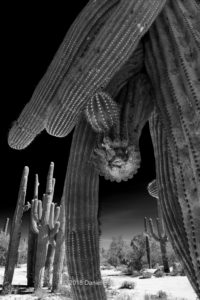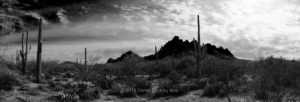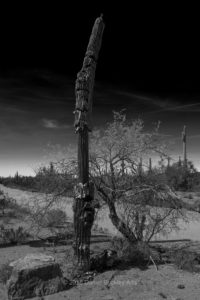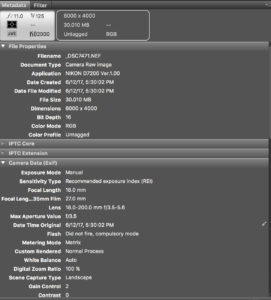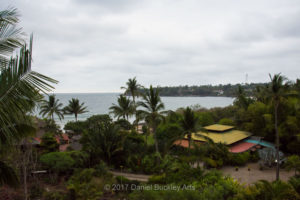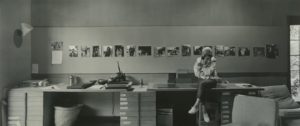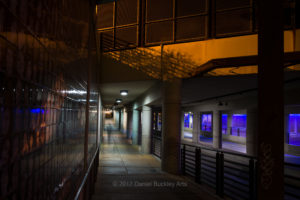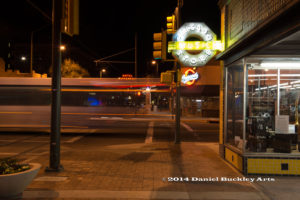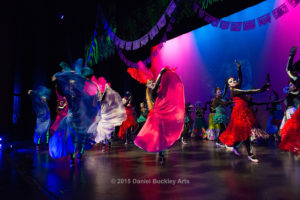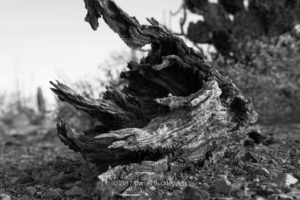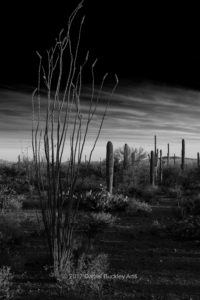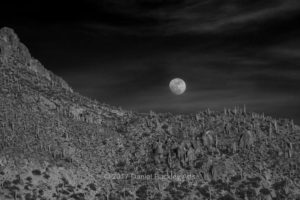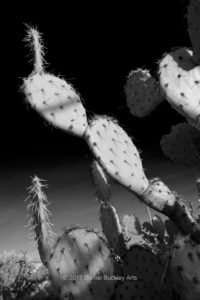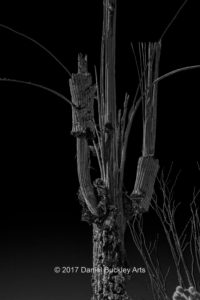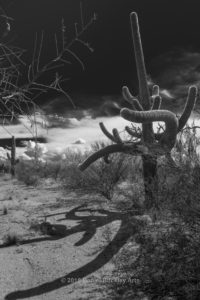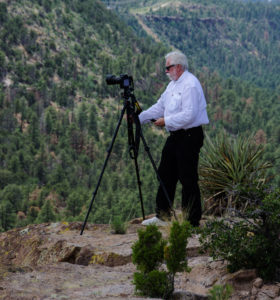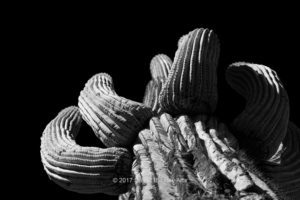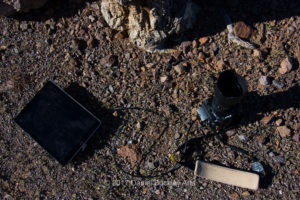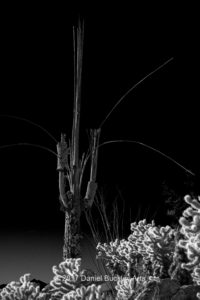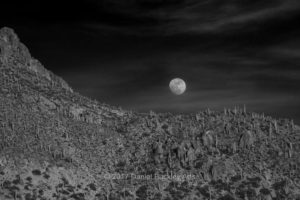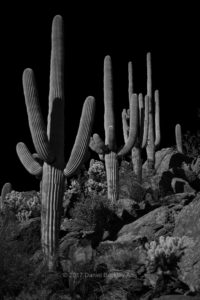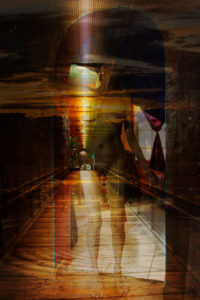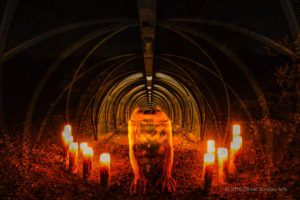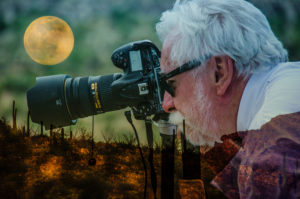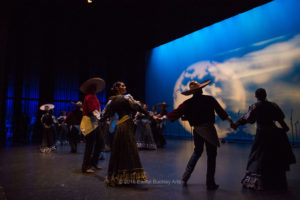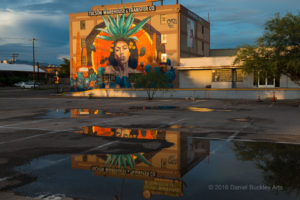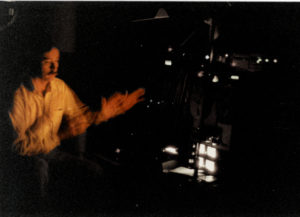
Improvising in the 1980s
I’ve lamented of late not having time to allow for free-form creativity like I did back in the 1980s when time was a fairly loose notion. In those days I moved freely between writing, performance art, composing music for dance companies and other groups, photography and a few other odd pursuits. One medium flowed into the next as ideas generated in one influenced the other.
I still tend to work simultaneously in multiple media. But the demands of trying to keep a film and book project going, along with adding to a gigantic archival project, leave me with little or no time to ponder creative concepts at length. And that is where the real breakthroughs happen.
So I have decided to dedicate Wednesdays to breaking the circuit and allowing for more creative space.
An experience is more often likely to generate a creative stream than actual work. For example, the experience of a sunrise is very different than filming it. Rather than focus on the frame and what’s happening within one becomes conscious of the wider view of the sky. The instantaneous shift of color and hue, shape and form. The revelation of the elements set to a soundtrack of chirping birds. The chance interruption of a flock of birds headed west. The cool air stirring leaves and moving across your face.
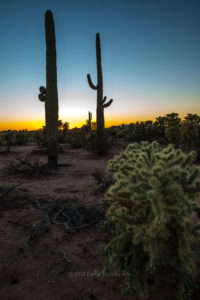 It distracts and quiets the mind, even as cars rumble past. It soothes. It reminds one to be present.
It distracts and quiets the mind, even as cars rumble past. It soothes. It reminds one to be present.
That is when the mind starts to drift into abstraction. When the inner narrative is hushed. When impression turns to realization.
That is what I’m trying to cultivate.
It is not an easy thing. Our minds chatter away to fill the stillness. We are reminded of all the things we need to do. We are disturbed by things in our environment. And in an age when devices endlessly interrupt the train of thought, we are abruptly awakened from the daydream we need to take.
And so yesterday as I set out to carve out creative space, I first began by shutting off my phone, tablet and computer. I took my watch off and left it face down. And then I started to think about how I might go about setting up situations that would invite abstract consideration.
I began by considering rules and asking questions about how I might set up this space.
Rule number one. Minimize note taking. When a creative stream emerges, that’s fine. But random thoughts of what needs to happen, not so much. And any note taking to be done has to be on paper rather than electronic.
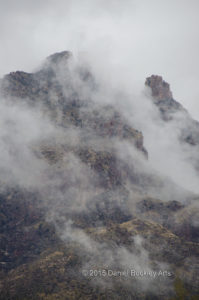 This is actually hard for me as I am an avid note taker. When a though worth pursuing happens I am apt to quickly grab my tablet and jot it down. But on Wednesdays I want to let things go. The thoughts worth saving will remain and become expanded. The ones not worth time will dissolve away.
This is actually hard for me as I am an avid note taker. When a though worth pursuing happens I am apt to quickly grab my tablet and jot it down. But on Wednesdays I want to let things go. The thoughts worth saving will remain and become expanded. The ones not worth time will dissolve away.
Rule number two. Improvisation rather than performance. I allow myself to make music but not to record it. No cameras or recorders. Focus on experiencing the moment rather than capturing it. The old adage that the journey is what’s important, not the destination. This forces a process of more extended improvisation rather than saving half-baked ideas.
Rule number three: Throw out rules one and two when you need to.
Early on in the process I realized that I needed to identify the things that interrupt and impede the quiet mind, and those that support it. There is an array of both.
Interruptions and sources of anxiety are many. Minimizing both should lead to deeper, more open thought.
I first needed to consider what causes anxiety in my life, and what things I had control over, even if in a limited way.
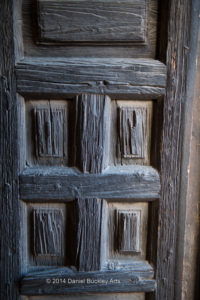 What are things that put us at ease? Order in our environment for one. Are things put back where they belong. Is the trash out, and are things clean? Can you find what you look for easily and readily? If not, these things nag at you, even if you’re not paying attention.
What are things that put us at ease? Order in our environment for one. Are things put back where they belong. Is the trash out, and are things clean? Can you find what you look for easily and readily? If not, these things nag at you, even if you’re not paying attention.
This seems like a good starting place. And so that is where I began. Not overdoing it. Just getting enough done to signify progress and to leave a starting place for the following week. Making simple chores a mantra that clears the mind.
I had to also consider obstacles that are distracting me. Money is always a source of anxiety for a filmmaker. It’s hard to free your mind when you’re unsure if you’ll be able to continue much further. You have to think through the contingencies and constantly reevaluate budgetary priorities. It is always draining.
And so I have decided to work on those concerns on Mondays and Tuesdays so as to have that distraction fall aside as much as possible, and to develop ways to communicate why things cost what they do and what gets done with the money raised. Learning to articulate the cost and its relationship to the mission will hopefully help blunt the nagging need.
At the same time there are things that amplify the ability to quiet the mind. Silence. Rest. Exercise. Experience. Sonic improvisation. Meditation. Movement.
And so time and space must be carved out for them as well, and a deliberate, yet flexible, plan put into place to diminish the distractions and cultivate the quiet mind.
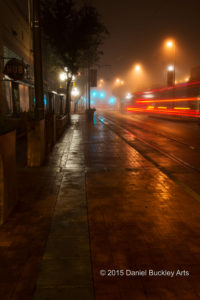 Why is all of this important? For one it’s a means of decreasing the stresses than inevitably build up in a complex long-term project of this sort. It’s also a way to see what lies beyond and to prepare the mental soil for projects beyond. Most importantly it becomes a way of enhancing clarity, sustaining purpose and defeating burnout before it happens.
Why is all of this important? For one it’s a means of decreasing the stresses than inevitably build up in a complex long-term project of this sort. It’s also a way to see what lies beyond and to prepare the mental soil for projects beyond. Most importantly it becomes a way of enhancing clarity, sustaining purpose and defeating burnout before it happens.
Directly and indirectly, creative currents developed through this deliberate process will bring greater meaning and renewed spirit to the current film and book project and life beyond. At the same time it will help me cope with mounting pressures and find creative solutions to current and future issues.
Posted in Daniel Buckley Arts, Daniel Buckley Images, Daniel Buckley Music, Mariachi documentary, Slice of Life, Uncategorized
Tags: creative process, Daniel Buckley, improvisation
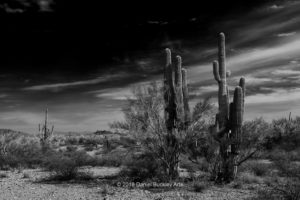 Springtime in the desert brings extra colors to the palette, which can be made to glow or go totally dark in black and white. And the myriad forms and points of life and death of the iconic giant saguaro cactus bring unexpected texture and shape to the work.
Springtime in the desert brings extra colors to the palette, which can be made to glow or go totally dark in black and white. And the myriad forms and points of life and death of the iconic giant saguaro cactus bring unexpected texture and shape to the work.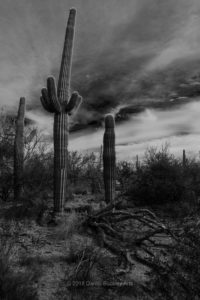 Sometimes haunting, sometimes elevating. Sometimes grand and stoic.
Sometimes haunting, sometimes elevating. Sometimes grand and stoic.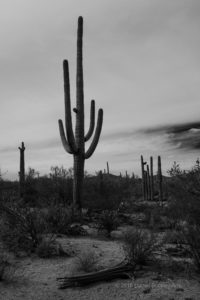 Creating them has changed how I view the desert. When I look at the sky and earth in the desert now I see what they are and what they will become. I am starting to see in grayscale, which is a different skill for a photographer. I know instinctively now what will work and what won’t.
Creating them has changed how I view the desert. When I look at the sky and earth in the desert now I see what they are and what they will become. I am starting to see in grayscale, which is a different skill for a photographer. I know instinctively now what will work and what won’t.
